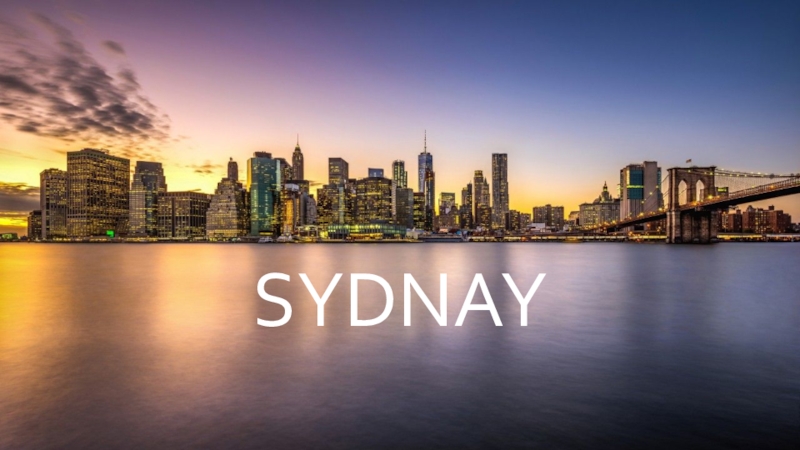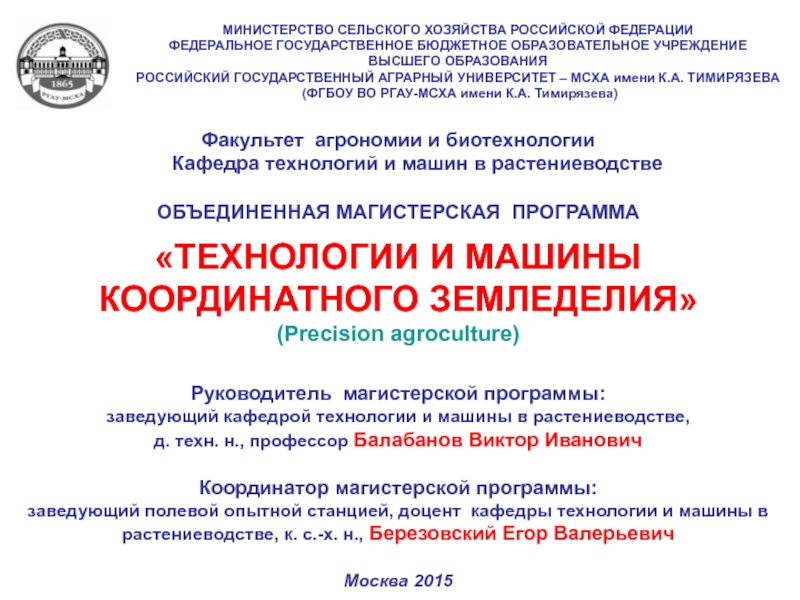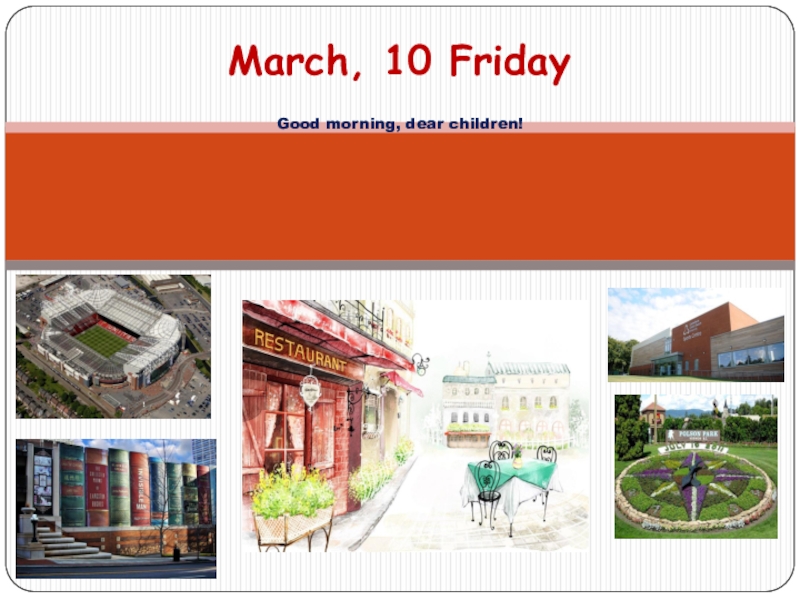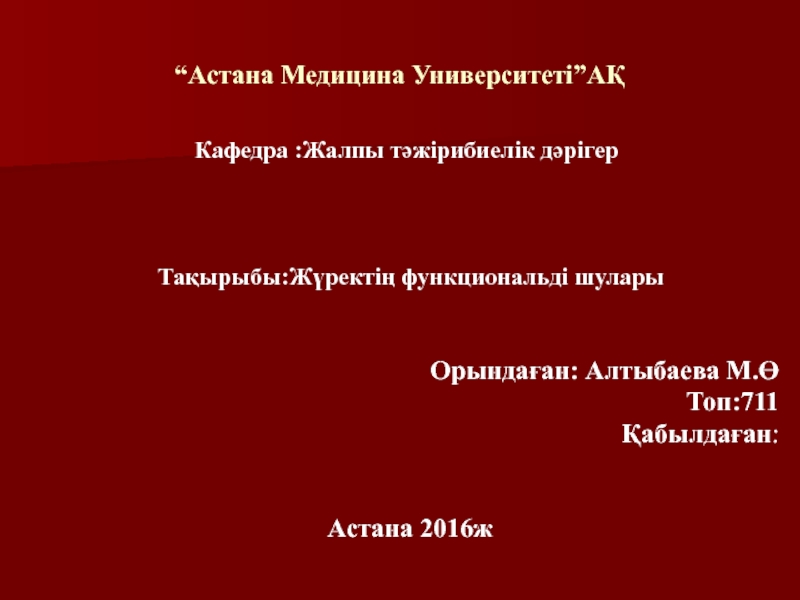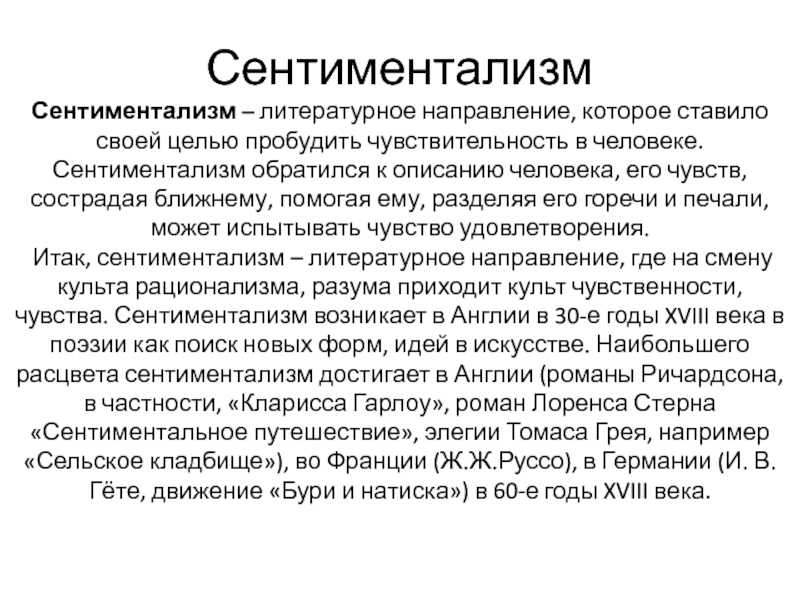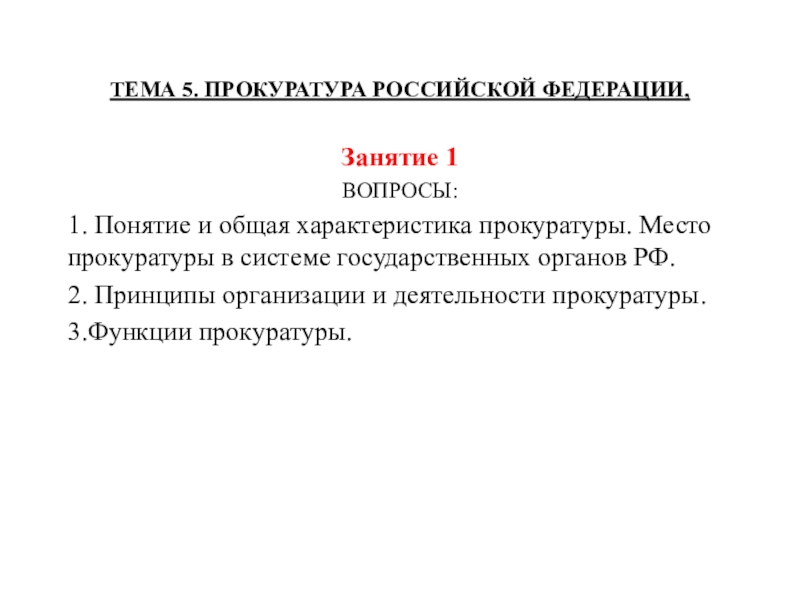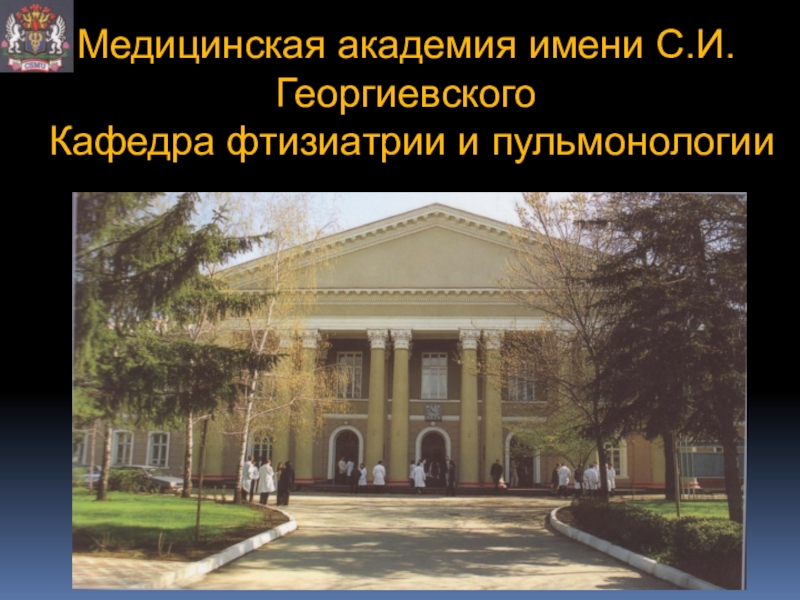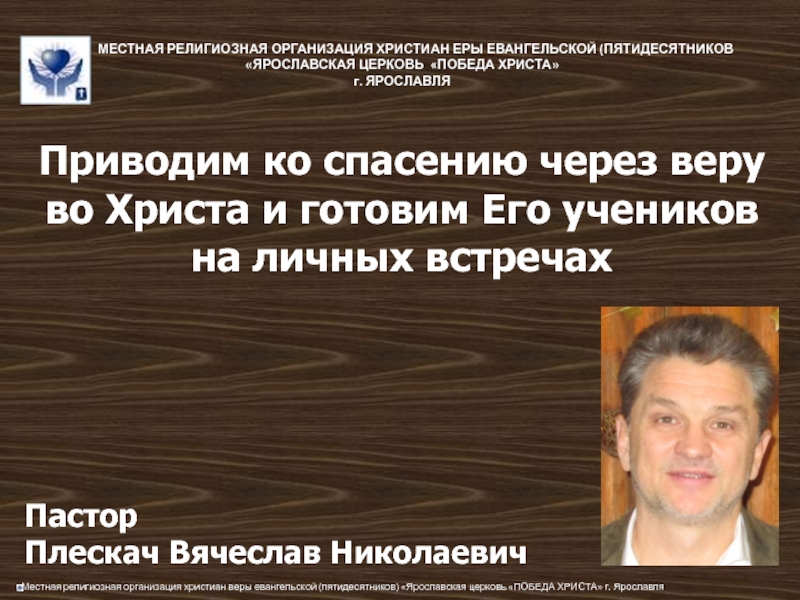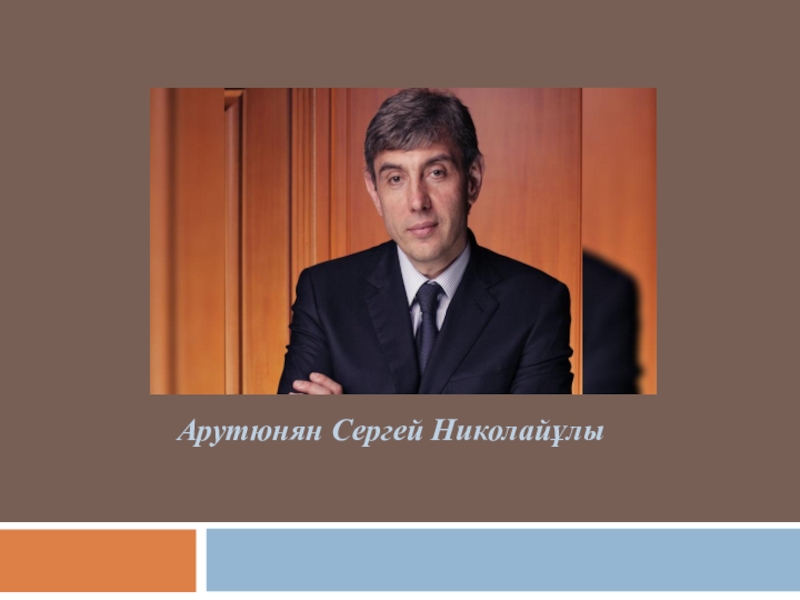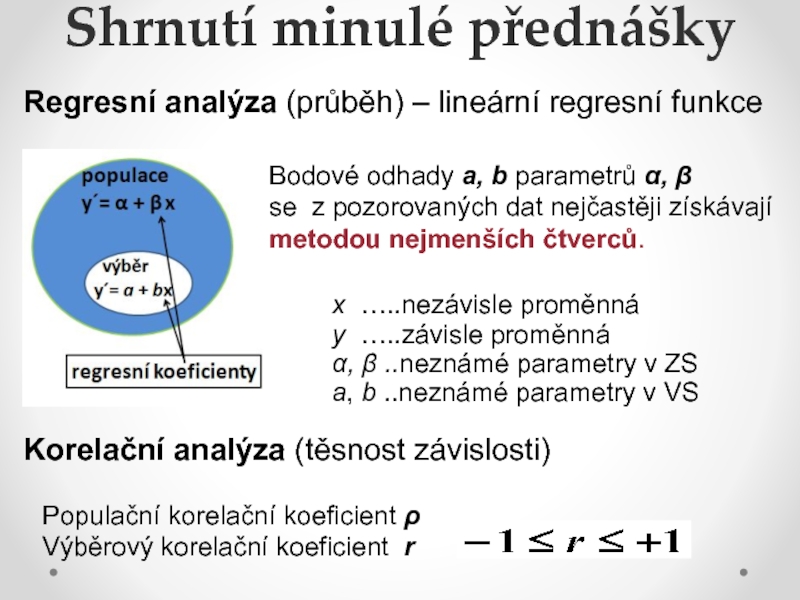Разделы презентаций
- Разное
- Английский язык
- Астрономия
- Алгебра
- Биология
- География
- Геометрия
- Детские презентации
- Информатика
- История
- Литература
- Математика
- Медицина
- Менеджмент
- Музыка
- МХК
- Немецкий язык
- ОБЖ
- Обществознание
- Окружающий мир
- Педагогика
- Русский язык
- Технология
- Физика
- Философия
- Химия
- Шаблоны, картинки для презентаций
- Экология
- Экономика
- Юриспруденция
SYDNAY
Содержание
- 1. SYDNAY
- 2. HISTORYIndigenous Australians have inhabited the Sydney area
- 3. GeographyThe geography of Sydney is characterised by
- 4. Urban structure: architectureThe architecture of Sydney, Australia’s
- 5. Urban structure: parks and open spacesThe Royal
- 6. Royal Botanic Garden Western Sydney Parklands Ku-ring-gai Chase National ParkMoore Park
- 7. ECONOMYThe economy of Sydney is notable for
- 8. ECONOMYThe economy of Sydney is notable for
- 9. Слайд 9
- 10. DemographicsThe population of Sydney in 1788 was
- 11. Слайд 11
- 12. THANKS FOR ATTENTION
- 13. Скачать презентанцию
HISTORYIndigenous Australians have inhabited the Sydney area for at least 30,000 years, and thousands of engravings remain throughout the region, making it one of the richest in Australia in terms of
Слайды и текст этой презентации
Слайд 3Geography
The geography of Sydney is characterised by its coastal location
on a basin bordered by the Pacific Ocean to the
east, the Blue Mountains to the west, the Hawkesbury River to the north and the Woronora Plateau to the south. Sydney lies on a submergent coastline on the east coast of New South Wales, where the ocean level has risen to flood deep river valleys (rias) carved in the Sydney sandstone. Port Jackson, better known as Sydney Harbour, is one such ria.Слайд 4Urban structure: architecture
The architecture of Sydney, Australia’s oldest city, is
not characterised by any one architectural style, but by an
extensive juxtaposition of old and new architecture over the city's 200-year history, from its modest beginnings with local materials and lack of international funding to its present-day modernity with an expansive skyline of high rises and skyscrapers.Слайд 5Urban structure: parks and open spaces
The Royal Botanic Garden is
the most important green space in the Sydney region, hosting
both scientific and leisure activities.The outer suburbs include Centennial Park and Moore Park in the east, Sydney Park and Royal National Park in the south, Ku-ring-gai Chase National Park in the north, and Western Sydney Parklands in the west, which is one of the largest urban parks in the world.
The largest park in the Sydney metropolitan area is Ku-ring-gai Chase National Park, established in 1894 with an area of 15,400 hectares. It is regarded for its well-preserved records of indigenous habitation and more than 800 rock engravings, cave drawings and middens have been located in the park.
Слайд 7ECONOMY
The economy of Sydney is notable for its importance in
the areas of trading, manufacturing, finance, education, and distribution in
Australia. Sydney has the largest economy in Australia.Sydney's CBD is the largest in Australia and also has plenty of surrounding commercial areas which are considered part of Sydney. A notable one is Parramatta, which is bigger than some state capitals.
Sydney city extends over the harbour bridge, forming North Sydney, a continuation of the CBD. North Sydney has a large economy; however it tends to have a high vacancy rate. Just a few kilometres north of Sydney's city centre, is Sydney's third largest commercial area[citation needed], Chatswood. Chatswood's main economy is retail and is home to many highrise buildings, with its own recognisable skyline. 20th Century Fox has large Sydney studios
Слайд 8ECONOMY
The economy of Sydney is notable for its importance in
the areas of trading, manufacturing, finance, education, and distribution in
Australia. Sydney has the largest economy in Australia.Sydney's CBD is the largest in Australia and also has plenty of surrounding commercial areas which are considered part of Sydney. A notable one is Parramatta, which is bigger than some state capitals.
Sydney city extends over the harbour bridge, forming North Sydney, a continuation of the CBD. North Sydney has a large economy; however it tends to have a high vacancy rate. Just a few kilometres north of Sydney's city centre, is Sydney's third largest commercial area[citation needed], Chatswood. Chatswood's main economy is retail and is home to many highrise buildings, with its own recognisable skyline. 20th Century Fox has large Sydney studios
Слайд 10Demographics
The population of Sydney in 1788 was less than 1,000.
With convict transportation it almost tripled in ten years to
2,953. For each decade since 1961 the population has increased by more than 250,000. Sydney's population at the time of the 2011 census was 4,391,674. It has been forecast that the population will grow to between 8 and 8.9 million by 2061. Despite this increase, the Australian Bureau of Statistics predicts that Melbourne will replace Sydney as Australia's most populous city by 2026. The four most densely populated suburbs in Australia are located in Sydney with each having more than 13,000 residents per square kilometre.The median age of Sydney residents is 36 and 12.9% of people are 65 or older. The married population accounts for 49.7% of Sydney whilst 34.7% of people have never been married. 48.9% of families are couples with children, 33.5% are couples without children, and 15.7% are single-parent families.
